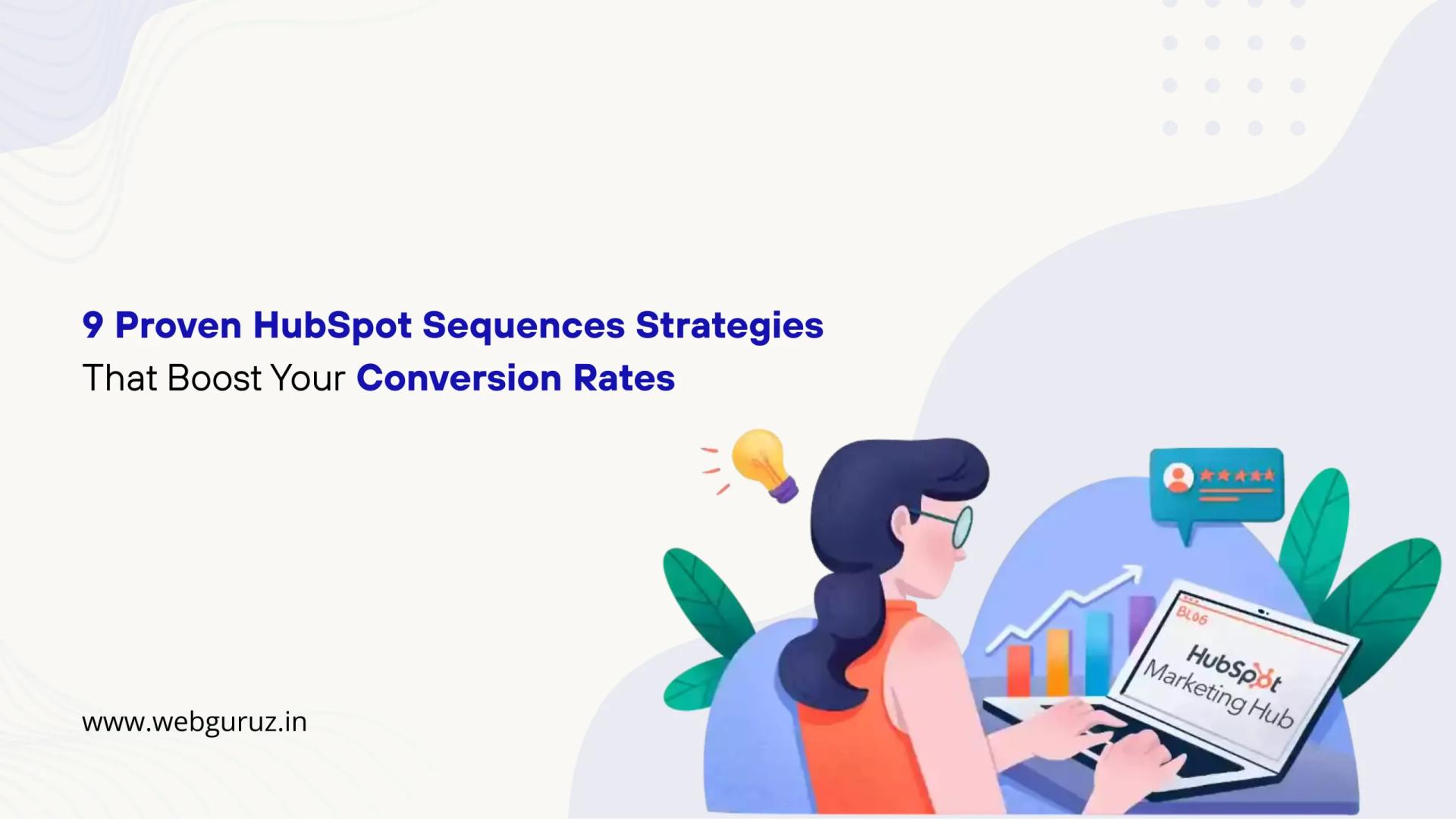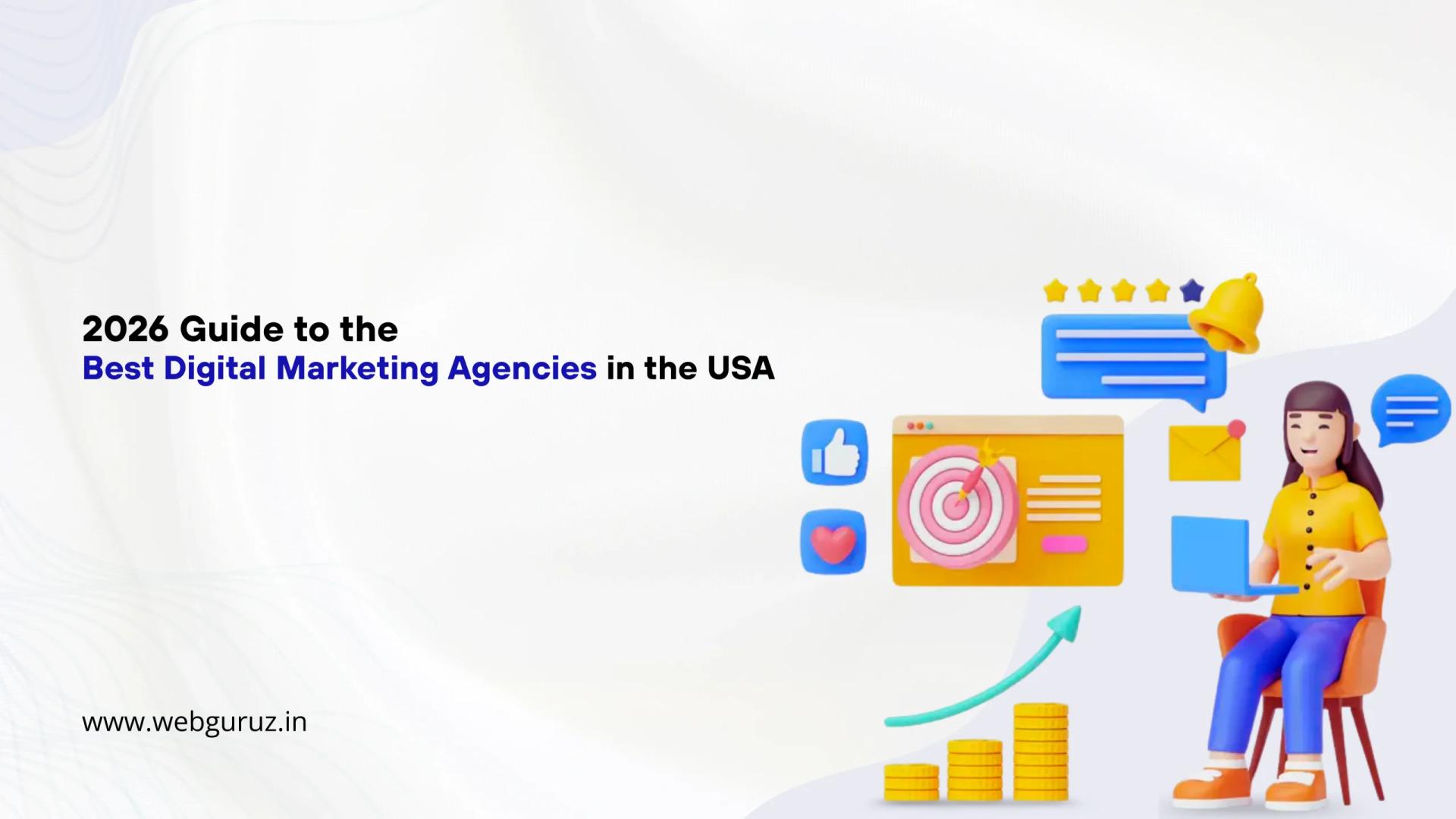Dilpreet Kaur
2025-12-25
7 min read
Top eCommerce Development Companies in the USA for 2026
Finding the right partner can make or break your online business.
Read More
SEO stands for Search Engine Optimisation. The purpose of SEO is to get traffic from free, organic, editorial or natural search results on search engines. In search engines such as Google, Yahoo, Bing, the primary search results are shown and ranked according to its relevance to the user.
Changes in technology, the rise of Apps, changes in SERP(Search Engine Result Page) have necessitated the evolution of SEO techniques.In fact, many people associated with old SEO techniques claim that “SEO is dead”Earlier on-page optimization was done by SEOs mapping 2-5 keywords/URL for page elements such as title, meta description, heading, body content,etc.
1. Devices used:
Previously optimization was done on desktops as they were the only devices available for browsing.
2. Spamming was easy:
This was done by incorporating keywords in the business name, getting links from spammy directories, forging the exact business location, etc.
3. Social:
Online sharing was done through emailing and instant messaging.
4. Links:
Earlier the aim of SEO was to maximize links to the website. Even anchor texts were created so that they were keyword rich so as to improve the ranking.
5. Technical aspects:
There is not much change in technical aspects of SEOs.
Over the years changes in SEO has seen dramatic changes. One of the most obvious changes has been that now an Search Engine Optimizer needs to connect a client’s content with the end user over multiple devices and platforms.
6. Early SEO: The first website came into existence in the year 1991. Soon the internet had numerous websites offering information on different subjects available on it.
As the number of websites appeared, there was felt a need to structure and organize them. In 1993, the search platform, Excite emerged which created availability of catalogued information. Finding information was now easy because the information was sorted based on keywords within the content.
Soon Yahoo (1994) and Google (1997) made an appearance and further simplified indexing and delivery of data. During initial stages of SEO, excessive keyword stuffing, tagging and spammy backlinks were used for improving ranking. Since major algorithm updates were a time-consuming process blackhat SEO tactics continued for long stretches of time.
In order to counter the unethical tactics, Google developed rules and regulations of SEO which are still being used. Updates to penalize bad linking practices and keyword stuffing were introduced. This helped to improve the indexing.
Search engines offered personalized search based on user’s search history.
Soon local SEO developed which helped in connecting users with information such as maps, locations, store hours, mobile results, etc.
Focus was mainly on generating inbound links which enhanced search exposure.
Google attempted to regulate search results so as to ensure that brands earn results with ethical practices.
All these developments led to a personalized and user focused web experience.
Soon, a need was felt for a more reactive user experience. This led to the creation of Google’s Universal Search, which offered more engaging content such as news, images, video, etc.
In 2008, Google Suggest was launched to improve its utility and offer its users more relevant content by displaying suggested search options based on historical data. There was also an emergence of insights from keyword research tools. Both these enabled Google Trends and Google Analytics make optimization more focused and targeted.
The user-focused approach of SEO laid the foundation for a personalized web. Now the content was optimized to increase exposure.
Google then introduced updates to enforce stricter regulations on keywords, quality of content, and over optimization.
This was followed by an introduction of new features like, Google’s Knowledge Graph which included panels in SERPs. This reduced the efforts of the user as he no longer had to search through the entire content and relevant data was easily accessible.
Localized SEO results were listed directly on SERPs and they provided local information in an organized manner and also provided advertising opportunities.
Then came Google Instant which improved user experience as the query was being typed.
Soon various social media sites became popular, and social results to search became a driving force. Google+ emerged with +1 button and enhanced content visibility.
For successful optimization of a website, valuable and shareable user focused content was developed. The content was shared throughout the web and social media. This content created backlinks and engagement that built authority. This lead to the development of fast paced, personalized and engaging web. This is similar to SEO practices being used currently.
Current SEO practices stress on enhancing their social media presence by uploading videos of the business in the content. This helps improve the Google ranking. This, in turn, helps in establishing a strong influence and enhancing brand name among the audience. Social media sites such as Facebook, Twitter, Instagram are being extensively used for promoting quality content. Promotion on social media has far-reaching effects on the rankings.
There is also a conflict between personalization and privacy. Today more and more users are seeking security because there is a digital environment created around the user intent.
These are times when people are seeking relevant content on mobiles as well. The internet demands personalization of content and that the quality content is competitive.Trends indicate development of a more niche and focused experience built around the user intent and high quality, unique content.
Demands of the users are increasing. Most users are expecting search results to yield immediate, contextual understanding with minimum effort. To address these demands, the internet is developing to offer more personal and instant gratification. SEO is evolving by leveraging information from external platforms so as to personalize search and offer additional value. Brands will have to prepare for this shift by optimizing new kinds of content developed around the user’s search
It seems likely that SEO will be fully integrated into all assets that Google can access and this should be the first thought to any online content.
Brand presence across all digital channels will become necessary and so will be a need to maintain a social influence.
Users will tend to seek more visual content. It would be beneficial to develop content that is easily accessible, well optimized for local, mobile and even voice-enabled searches.
The best way to adapt to the future SEO trends is by maintaining ethical optimization techniques. As we have seen in the past, unethical practices have been penalized. It is also beneficial to maintain a good relation with content creators and users. It is also necessary to keep abreast with developments on Google so that one is aware of changes occurring in SEO.
Webguruz Technologies is a Digital Marketing firm which specializes in SEO. We perform Search Engine Optimization for our clients. We have 8 years experience in this field. We have a team of specialists for effective SEO. We cater to clients all across the world. Give us a chance to be of service to you.

Dilpreet Kaur
2025-12-25
7 min read
Finding the right partner can make or break your online business.
Read More
Dilpreet Kaur
2025-12-25
7 min read
Sending emails and hoping for the best isn’t a strategy.
Read More
Dilpreet Kaur
2025-12-25
7 min read
Finding the right digital marketing agency can feel overwhelming. With thousands of options out there, how do you know which one will actually help your business grow?
Read More